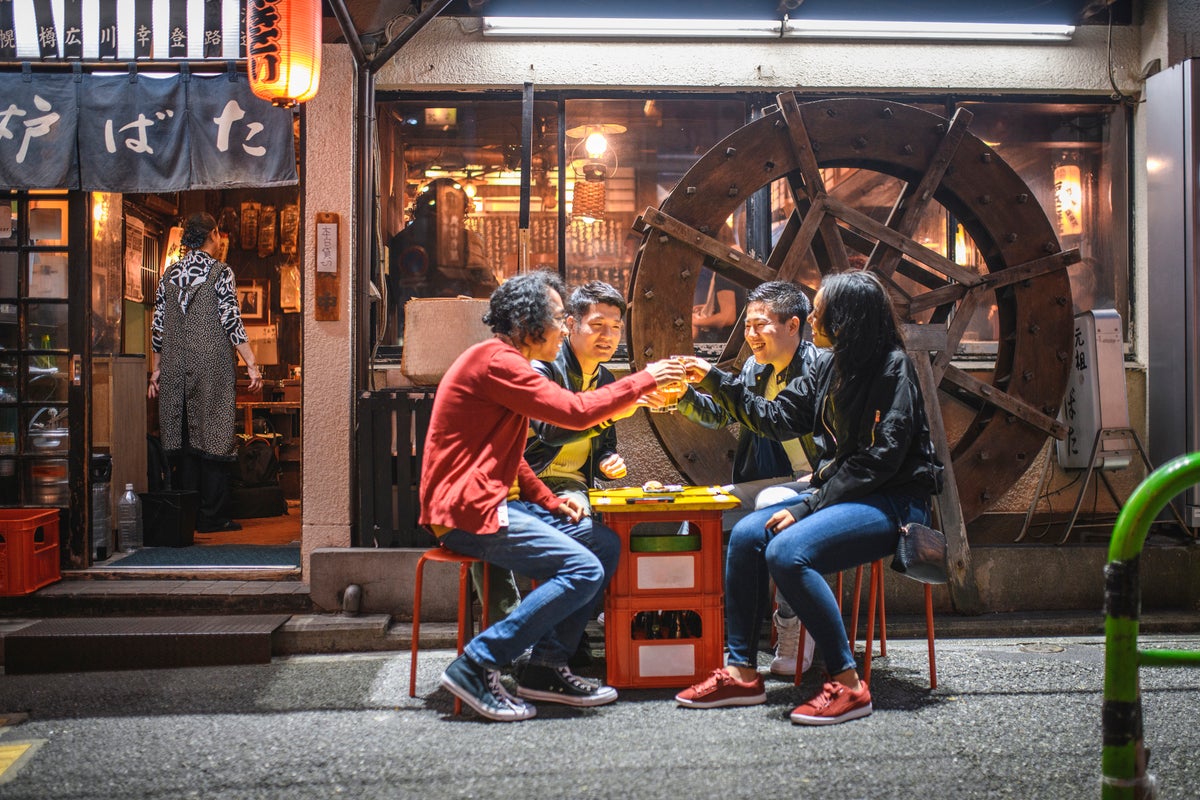Today, The National Archives is launching a new workshop for students who are blind and visually impaired, using optacartography – a technique for transforming flat documents into 3D models.
The workshop includes three-dimensional versions of historic documents from our collection, including a medieval map and a wage slip for Tudor courtier John Blanke.
The models are designed to be touched, with raised surfaces that can reproduce features such as churches, houses and moorland on a map or the position of troops lined up for battle. They can also recreate the signatures of important historical figures, including kings and queens.
The 3D-printed models for the Sensing the Archives workshop were made by George Rhodes of the University of Westminster and All Able, an organisation committed to accessibility and inclusion. He developed a method of printing them in UV cure resin without specialist equipment or knowledge.
He said: “I wanted to help make 3D maps more intuitive. I’ve been working to get the textures, I chose resin printing because it means your models can be very finely detailed. The idea was to see if we could make tactile maps that can make it easier for people to dive in and understand.”
Ellen Oredsson, Digital Projects Officer at The National Archives, said: “We’re excited to launch our first workshop designed from the ground up for blind and partially sighted students. We hope these sensory and 3D-models will help bring our vast collection to life.”
The free workshops have been devised by the Education & Outreach team at The National Archives, with input from New College Worcester, a school for young people who are blind or vision impaired.
The workshops include tactile props like a smell pot and a toy rat, with students given the opportunity to touch important original parchment documents including records handled by Henry VIII and Elizabeth I. More information can be found here Sensing the Archives – The National Archives.
“Sensing the Archives” is supported by the Friends of The National Archives and The National Archives Trust, with the Trust’s support made possible through the generosity of the Powell Family Foundation, the Edith Murphy Foundation and the Spectacle Makers’ Charity.




